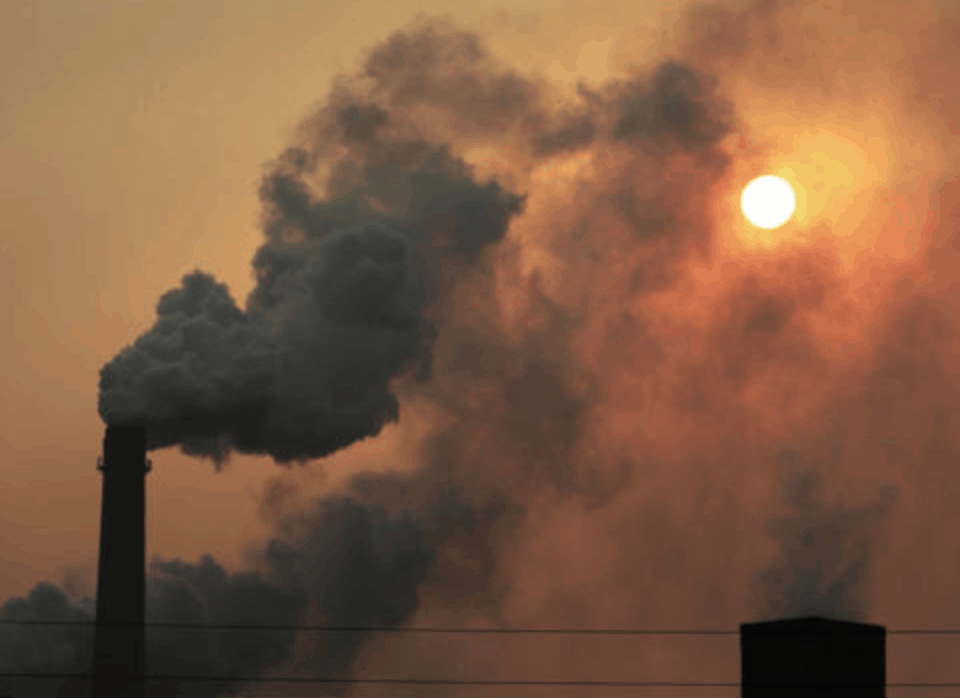According to the UN, global efforts to tackle climate change are way off track. New data shows gases contributing to global warming are accumulating faster now than at any other time in human history. Greenhouse gases have increased by over 11% in the last two decades.
Researchers are concerned that forests are losing their ability to soak up carbon dioxide, which is contributing to this alarming news. To reach Net Zero by 2050, it’s estimated that we need to reduce emissions by around 43%. However, when actual real-world plans are added up, emissions will likely be reduced by just 2.6% by 2030 compared to 2019.
The concentration of greenhouse gases reached a record high in 2023.

The Paris Agreement:
The Paris Agreement was established in 2015. It is a legally binding international treaty that aims to reduce greenhouse gas emissions and adapt to the effects of climate change. The aim is to limit climate change to just 2c higher than pre-industrialised levels and pursue efforts to be closer to 1.5c.
Sadly, the UN has said that, based on the current situation, the chances of reaching this target are virtually zero. This figure looks more like an increase of around 3.1c of pre-industrialised levels come 2050. This may not seem like a huge jump, but the global impact will be significant.
The Good News:
There is, to some degree, encouraging news. The cost of measures to lower emissions suggests there is a potential for reductions of 31 gigatons of greenhouse gasses by 2030. This figure is around 50% of the total emitted worldwide in 2023. This monumental, global task could come about by using much more carbon-free electricity like solar and wind and reversing deforestation. This could bridge the gap needed to put the planet back on track to keep warming below 1.5c.
Emission reductions must be 7.5% steeper each year until 2035 to meet 1.5C and 4% annually to keep to 2C.

How Does Carbon Dioxide Cause Global Warming?
Essentially, carbon, when released in the atmosphere, traps heat. This warms the planet, and it’s this heat which causes all these associated problems. Carbon dioxide and other greenhouse gases trap heat in the atmosphere, which otherwise would have radiated out into space. By limiting carbon in the atmosphere, we are reducing this devastating greenhouse effect.
What are we doing?
As a business which produces heating appliances, we are very aware of and committed to lowering the carbon footprint associated with heating a home. All our wood-burning stoves, which, if used correctly, are virtually carbon neutral. We are also developing gas fires which can run on hydrogen. If the gas network across the UK switched to 20% blended hydrogen, it would be equal to taking 2.5 million cars off the road.








